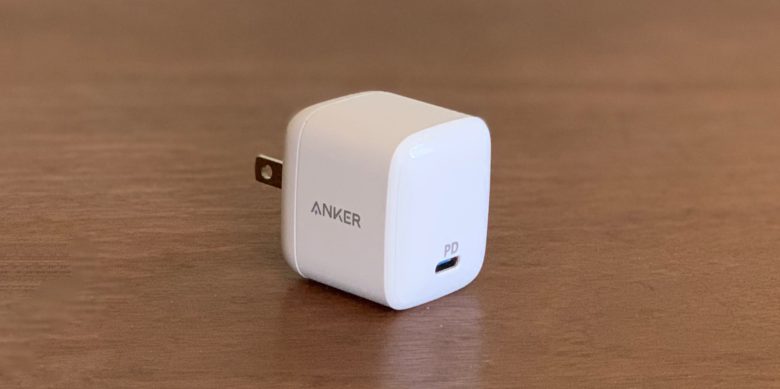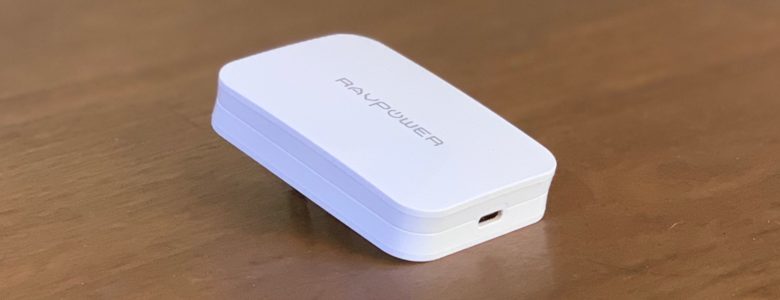Chargers are transitioning from silicon transistors to gallium nitride (GaN), enabling these irritatingly bulky accessories to shrink in size. Anker and RavPower both make power adapters that put out more current than you’d expect for their svelte dimensions thanks to the magic of GaN.
We tested out both chargers that can be used to power up your MacBook, iPad or iPhone. Read on to see how they performed.
This post contains affiliate links. Cult of Mac may earn a commission when you use our links to buy items.
GaN vs. silicon power adapters
The chips in battery chargers have been made with silicon since the early days of the computer age. Apple uses this material in all its offerings. But gallium nitride (GaN) semiconductors are much more efficient. “GaN chargers can be produced which are far smaller than even the most compact silicon devices,” points out RavPower.
In a couple of real-world examples, the Anker PowerPort Atom PD 1 is about the size of the standard 5W iPhone charger but its GaN chips enable it to put out 30W. The RavPower PD Pioneer is a bit larger but can supply 45W.
Anker PowerPort Atom PD 1 Review
The Atom PD 1 is about as portable as one could realistically hope for, even though its electrical prongs don’t fold down. It’s just 1.6 inches by 1.8 in. by 1.5 in, but it puts out as much power as the much bigger and heavier 30W charger that comes with the MacBookAir.

Photo: Ed Hardy/Cult of Mac
MacBook Pro models are bundled with equally cumbersome power adapters but these offer either 61W or 87W so the Anker offering would be a significant downgrade. It should charge these laptops, but much more slowly.
The situation is far better for iPad Pro owners. The 18W USB-C charger that comes with Apple’s 2018 tablets is bulkier than the 30W Atom PD 1 — remember, one is silicon while the other is GaN. In our tests, Anker’s power adapter brought the 12.9-inch iPad Pro’s battery level up 20 percent in 20 minutes. Apple’s offering increased it only 12 percent in the same time period.
iPhone users might be blown away by the Anker PowerPort Atom PD 1. With the addition of a Lighting-to-USB-C cable, our tests found that this charger was able to increase the battery level of an iPhone XS Max by a whopping 35 percent in 20 minutes. The 5V default charger can only give a measly 9 percent charge in that same amount of time.
The Anker PowerPort Atom PD 1 sells for $29.99. That’s the same price as the bulkier 18W iPad Pro charger. It’s clearly a good deal.
Buy from: Amazon
Buy from: Amazon
RavPower PD Pioneer 45W review
RavPower went for a wider, flatter design for its PD Pioneer 45W power adapter. Still, at 2.8 inches by 2.1 in. by 0.6 in., with fold-down prongs, it’s still smaller than any of Apple’s MacBook chargers thanks to its GaN chips.

Photo: Ed Hardy/Cult of Mac
This accessory should bring a noticeable increase in charging speed over the 30W default power adapter that comes with the 2018 MacBook Air. The same isn’t true for the MacBook Pro, as their default chargers offer significantly more wattage, as noted earlier.
The PD Pioneer is capable of putting out more current than an iPad Pro or iPhone XS Max will receive. It looks like both max out at 30W, as our tests show that when this tablet or handset are connected to RavPower’s charger they powered up at the same speed as the 30W Anker PowerPort Atom PD 1.
The RavPower PD Pioneer 45W wall charger is $54.99. Apple wants $49 for its 30W USB-C charger; MacBook Air owners should find the faster charges worth the additional cost.
Buy from: Amazon
Buy from: Amazon
Anker PowerPort Atom PD 1 and RavPower PD Pioneer 45W final thoughts
Everyone should have a second charger for all their various computers. One stays home and the other travels. And, based on our experiences with these two power adapters, those traveling accessories should be built around gallium nitride chips.
Both the PowerPort Atom PD 1 and the PD Pioneer 45W are very portable. And while Anker and RavPower don’t have the same cachet as Apple, our tests of these third-party accessories found them to be well built. And each has a design that matches the Apple esthetic, so they look as nice as they perform.
Anker and RavPower provided Cult of Mac with review units for this article. See our reviews policy, and check out more stuff we recommend.
![Tiny chargers show the big advantages of gallium nitride, aka GaN [Review] Anker PowerPort Atom PD 1 and RavPower PD Pioneer 45W review](https://www.cultofmac.com/wp-content/uploads/2019/03/BA8198D3-B85B-45D4-B3FF-55CFB83C9EF8.jpeg)

